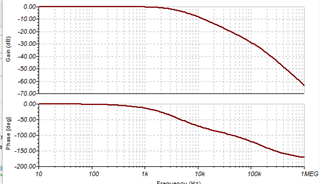Hi team,
I received the following question, could you please take a look at it?
I am going to use a CDCLVC1112 unit to distribute a clock signal.
The datasheet recommends the use of a ferrite bead to decouple the power supply.
I am going to use this inside a static magnetic field, I have my concerns about if the ferrite bead will be affected (saturation) by the magnetic field.
Do you think that I can use a air coil to decouple?
thanks,
Jens



